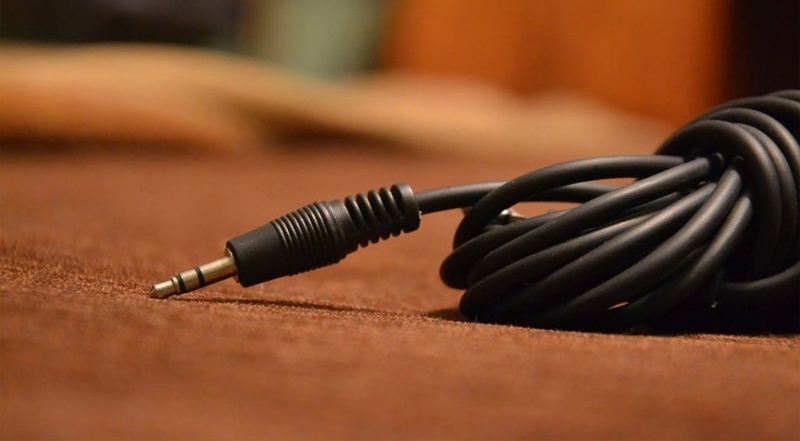What are the Speaker Wires and How to Make Use of Stereo Wires
Speaker wires transmit audio signals from an amplifier all the way to the loudspeaker. It can also be used connecting your soundbar to a receiver. They consist of two wires each insulated in plastic. Copper is normally used to make speaker wires, due to its low resistance, and it is less costly than most materials that could be used as cables. The resistance of a speaker wire must be at minimum 5% of the speaker’s opposition toward the AC, so as to have efficient performance.
There are various ways to measure the speaker’s wire size. One may make use of the Standard Wire Gauge, otherwise referred to as the British Standard Gauge or as the Imperial Wire Gauge, and the American Wire Gauge, also known as AWG. The one is known as American Wire Gauge or else the one known as Brown and Sharpe wire gauge is usually used for measuring the size of a wire. American Wire Gauge sizes vary from 40 AWG all the way to 0000 (4/0) AWG. The one known as Standard Wire Gauge is normally used nowadays to measure electrical strings.
Also Read: What You Should Know Before Getting a Ham Radio
Types of Speaker Wires and Their Usage
Below are the frequently used stereo wires today, and how to make use of them.
1. 12 gauge or 12 AWG
This speaker cable is 0.0808 inches i.e. 2.053 mm in diameter with an area equal to 6.53 kcmil. It possesses a 5.211 Ohm/km copper resistance. If you want a speaker wire that is more than 200 feet in length, it is suggested that you make use of this gauge. Reviews indicate that this is best suited when setting up a surround home entertainment system, or if one intends on setting up speakers that will stretch from one room to the other. This kind of speaker wire is trickier to cover though, so one will most possibly drill holes in the wall to aid with this.
Also Read: Smart Homes in Dubai: 14 Best Smart Gadgets & Devices
2. 14 gauge or 14 AWG
This speaker cable is 0.0641 inches i.e. 1.628 mm in diameter with an area equal to 4.11 kcmil. It possesses an 8.286 Ohm/km copper resistance. Should the distance from the amplifier to the speaker be about 80 to 200 feet in length, it is suggested that you make use of this.
Also Read: 5 Best Smartwatches You Can Buy in Dubai
3. 16 gauge or 16 AWG
This speaker cable is 0.0508 inches i.e. 1.291 mm in diameter with an area equal to 2.58 kcmil. It possesses a 13.17 ohm/km copper resistance. This gauge is suggested for use should the distance from the amplifier to the speaker be smaller than 80 feet.
Also Read: 5 Ways Tech Can Make Modern Family Life Easier
Conclusion
In conclusion, the smaller the gauge, then the thicker the wire, hence the greater its audio transmission should be. Have your speaker wires as short as is necessary so that they are more effective. If one needs a long speaker wire, make use of thicker ones to compensate for the loss of transmission due to its length. Hence when you are purchasing a speaker, examine the wires that it comes with. A few speakers use plug-in connections that are non-standard, rendering it improbable for the wires to be swapped. It can’t hurt to search for better wires for one’s speakers if they can be replaced.




